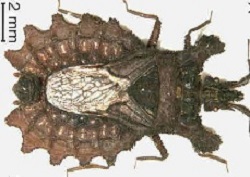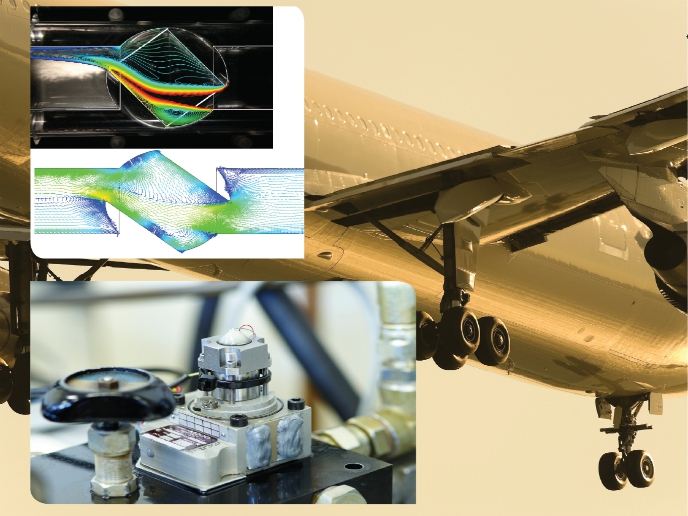Mathematically rigorous string theory
Aside from being the leading candidate for theoretical application in quantum gravity, string theory has branched off new and exciting concepts in mathematics. Without all the concurrent developments in mathematics, string theory would not have been so successful. The main objective of the EU-funded project VIRTBIR (Virtual birationality) was to provide a solid theoretical foundation for physics-inspired results in enumerative problems and in particular, curve counting invariants. In enumerative geometry, invariants are used to count curves that have specific properties in a complex projective manifold. The conditions are such that the expected number of curves satisfying them is neither zero nor infinite. In other words, they carry important information about the geometry of the given manifold. VIRTBIR work was centred around the Gromov-Witten invariants. For a smooth projective manifold, these invariants count curves in a rather refined way. Importantly, the same number of curves is obtained as one naively expects from algebraic geometry. They are also constant under deformations of the manifold. Scientists proposed a series of new algorithms for computing Gromov-Witten invariants. They started with developing new methods to relate virtual fundamental classes of moduli spaces. However, the approach adopted can be applied to other counting curves theories. Gromov-Witten invariants have evolved together with gauge theory, quantum field theory, symplectic geometry and algebraic geometry. The problem of defining them mathematically was solved around 1995, but their computation was difficult and far from resolved. VIRTBIR not only sketched an effective strategy to compute Gromov-Witten invariants but also to compare different types of enumerative counting invariants. Essentially, the results confirm a conjecture in the theory of counting invariants motivated by physics – that they are closely related.







